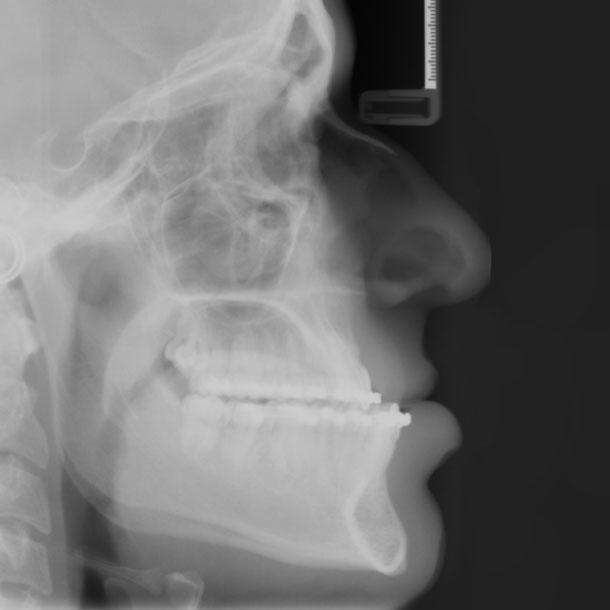Orthognathic surgery is from the Greek terms orthos meaning straight and gnathos meaning jaws. It is also commonly known as surgical orthodontics. Whilst the vast majority of people with incorrect bite can be treated with orthodontics alone, a small percentage have a discrepancy in jaw size or position which is too large. In those cases orthodontics alone can lead to a very poor aesthetic and functional result, with relapse common once the braces are removed. Jaw surgery can seem a daunting prospect at first, but most patients recover surprisingly quickly and return to normal activities within a short period of time.
There are several stages to orthognathic surgery. Firstly the teeth need to be aligned to accommodate the planned change in jaw position. This is done with braces by an orthodontist and usually takes around 12 – 18 months. Once things are prepared a date is made for surgery. The surgery itself takes a few hours, and the stay in hospital is usually only 3-4 days. After an initial few weeks for healing, the orthodontist takes over again for final detailing, with the braces coming off about 6 months after surgery.
Other types of surgical orthodontics include the exposure of impacted teeth to allow the orthodontist to move these teeth into the bite. This most commonly involves the upper canine teeth, which often become stuck within the palate. A small surgical procedure is required to locate the tooth and cement a gold chain which is then connected to the braces.
Dr Deane and Dr Kim will discuss with you the best way of treating your individual case, and will outline the type of procedures required, including the risks, costs and expected post-operative recovery.

